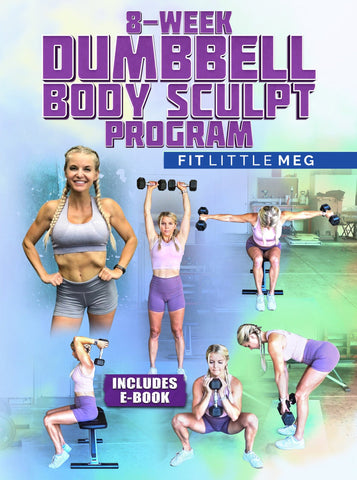Kettlebell Swing Variations
Firstly, kettlebell swing variations provide diversity in your training routine, which is essential for preventing plateaus and keeping workouts interesting. The human body adapts to repetitive movements over time, leading to diminished results. By introducing different kettlebell swing variations, you challenge your muscles in new ways, stimulating growth and development. This variety not only helps to break the monotony but also keeps your body guessing, promoting continued progress and preventing staleness in your workouts, not to mention the amount of calories burned during kettlebell swings!
What this article covers:
To add in successful variations to your kettlebell swing, first it’s important to know how to perform said technique! The traditional kettlebell swing is an excellent starting point. To perform it, stand with your feet shoulder-width apart and grasp the kettlebell handle with both hands. Bend your knees slightly, hinge at your hips, and then explosively extend your hips and swing the kettlebell forward to shoulder height. Maintain a strong core and use the hip hinge motion to generate power. The muscles primarily engaged in this exercise include the glutes, hamstrings, lower back, and shoulders. Kettlebell swings improve cardiovascular endurance, strengthen the posterior chain, and enhance explosiveness.
Double Kettlebell Swing
The double kettlebell swing is an advanced variation that involves swinging two kettlebells simultaneously. To perform it, stand with your feet shoulder-width apart and place a kettlebell in each hand. Hinge at your hips and bend your knees slightly. Then, explosively extend your hips and swing both kettlebells forward to shoulder height. This exercise significantly increases the load on the posterior chain, including the glutes, hamstrings, and lower back, providing a challenging full-body workout. Double kettlebell swings help build strength and power efficiently due to the increased resistance, making them an excellent choice for advanced lifters.
Banded Kettlebell Swing
Adding resistance bands to kettlebell swings can intensify the exercise by increasing tension throughout the movement. To perform a banded kettlebell swing, secure one end of a resistance band to an anchor point and loop the other end around the handle of the kettlebell. Follow the same hip hinge and explosive hip extension motion as with traditional swings. The resistance bands increase the resistance as you swing the kettlebell, making your muscles work harder and promoting greater muscle engagement. This variation is effective for building strength, power, and stability.
Kettlebell Side Swing
The kettlebell side swing is a unique variation that focuses on the lateral aspect of your core and hip muscles. Start by standing with your feet wider than shoulder-width apart, and hold the kettlebell with both hands between your legs. Swing the kettlebell to one side while maintaining a strong core and a stable base. Alternate sides with each repetition. This exercise targets the obliques, hip adductors, and lateral stability muscles, making it an excellent choice for strengthening the sides of your body and enhancing lateral strength and control.
Heavy Kettlebell Swings
Heavy kettlebell swings involve using a kettlebell that is significantly heavier than what you would typically use for swings. This variation increases the demand on your muscles, particularly the glutes, hamstrings, and lower back, for greater strength development. Perform heavy swings with a focus on maintaining proper form and control, as the added weight can increase the risk of injury if done incorrectly. Heavy kettlebell swings are a valuable tool for building strength and power, making them an essential component of strength training routines.
These kettlebell swing variations offer unique challenges and target specific muscle groups while retaining the overall benefits of traditional kettlebell swings, such as improved cardiovascular fitness, endurance, and calorie burn. Depending on your fitness goals and skill level, you can incorporate these variations into your training routine to add variety and continue progressing towards your fitness objectives. Remember to prioritize proper form and gradually increase the intensity as you become more comfortable with each variation.
Did you find the blog helpful? If so, consider checking out other guides:
- CrossFit Kettlebell Swings
- The Kettlebell Swing Challenge
- Kettlebell Two Hand Swing
- Kettlebell Swing for Beginners
- Alternating Kettlebell Swing
- What Do Kettlebell Swings Work?
- Benefits of Kettlebell Swings
- Kettlebell Swing Form
- How to Do Kettlebell Swings
- Alternatives to Kettlebell Swings
- 100 Kettlebell Swings a Day
- Kettlebell Swings with a Dumbbell
- 10,000 Kettlebell Swing Challenge
- How Many Kettlebell Swings
- 300 Kettlebell Swings a Day





